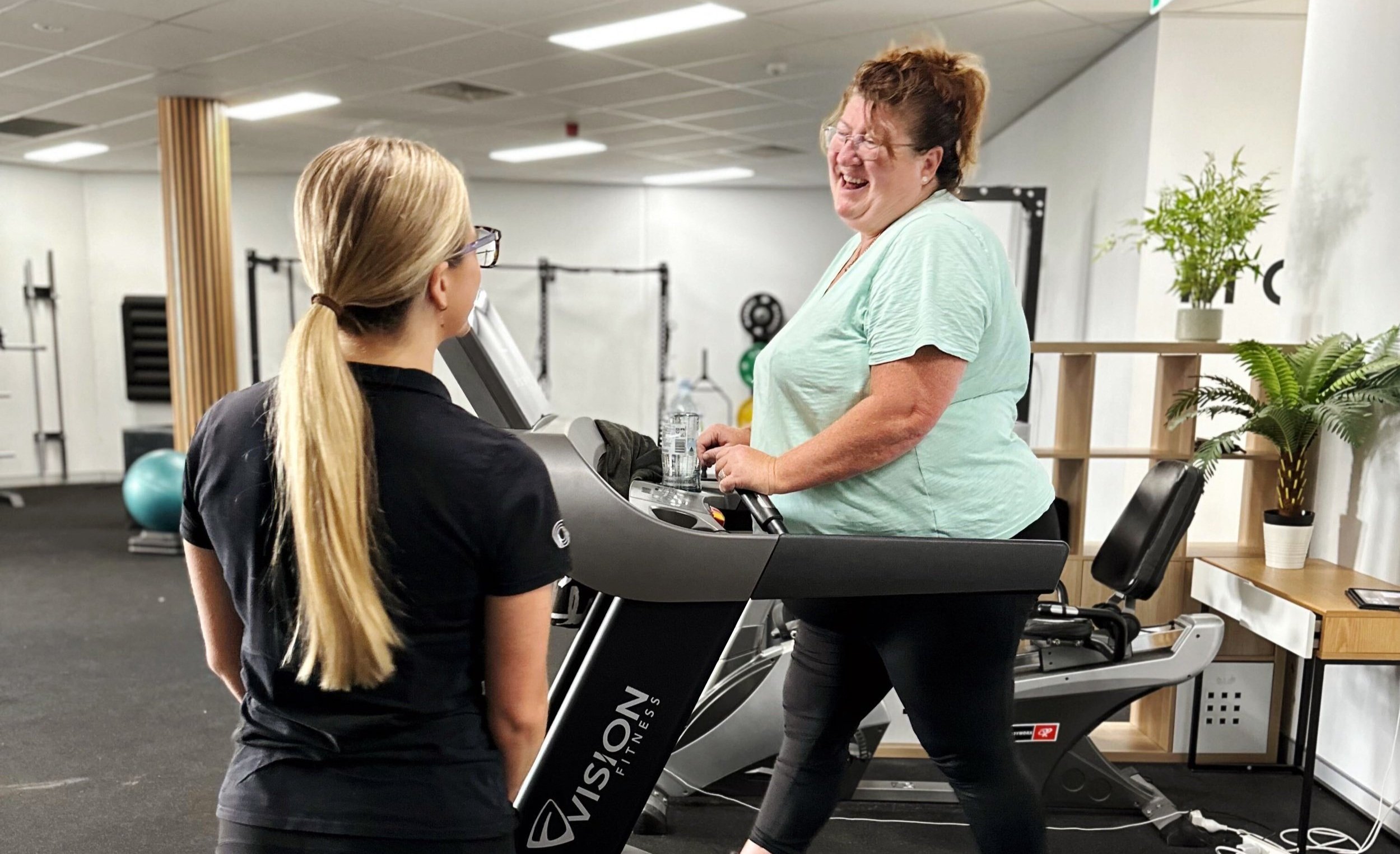Combating Parkinson's Disease Symptoms with the Expertise of an Exercise Physiologist
Exercise is a crucial component of managing Parkinson's disease (PD), a neurodegenerative disorder that affects movement and coordination.
An exercise physiologist, a professional with expertise in the science of exercise, can play a vital role in helping individuals with PD improve their physical function, quality of life, and overall health.
One of the key benefits of working with an exercise physiologist is that they can create a customized exercise program that caters to the specific needs and abilities of the individual with PD. This may include exercises that focus on specific muscle groups, such as those involved in balance and coordination, as well as exercises that aim to improve cardiovascular fitness and endurance.
An exercise physiologist can also assist individuals with PD to overcome physical limitations and enhance their overall function.
They may teach individuals how to use assistive devices, such as canes or walkers, to aid mobility or provide guidance on how to modify exercises to suit any physical limitations.
Regular exercise can also help slow the progression of PD. Studies have shown that regular physical activity can help preserve muscle strength, improve balance, and reduce the risk of falls. By working with an exercise physiologist, individuals with PD can develop a program that specifically targets these areas of concern and help to slow the progression of their disease.
In addition to the physical benefits, working with an exercise physiologist can also have a positive impact on the psychological well-being of individuals with PD.
Exercise has been shown to improve mood, reduce anxiety and depression, and enhance overall quality of life. An exercise physiologist can work with individuals to help them set realistic goals and provide the support and encouragement they need to achieve those goals.
Exercise physiologist can also provide education and guidance on how to safely and effectively incorporate exercise into daily life. They can give tips on how to make simple changes, such as taking the stairs instead of the elevator or going for a walk during lunchtime, to increase physical activity throughout the day.
It is important to note that exercise is not a cure for Parkinson's disease.
However, it can help to improve symptoms, delay the progression of the disease, and improve overall quality of life. An exercise physiologist can work closely with individuals with PD and their healthcare team to ensure that their exercise program is safe and effective, and to make any necessary adjustments as the disease progresses.
In conclusion, working with an exercise physiologist can have a significant impact on the physical, psychological, and overall well-being of individuals with Parkinson's disease. They can help to improve function, slow the progression of the disease, and enhance overall quality of life. By incorporating exercise into daily life, individuals with PD can take an active role in managing their disease and improving their overall health.
Overall, hiring an exercise physiologist for Parkinson's disease can be highly beneficial for individuals suffering from the disorder. They can provide personalized exercise programs, overcome physical limitations, slow the progression of the disease, improve mental well-being, and provide education on how to safely incorporate exercise into daily life.
References:
"The Role of Exercise in Parkinson's Disease Management" by C.J. Hass, D.A. Loveless, and J.S. Alberts.
"The Effects of Physical Exercise on Parkinson's Disease: a Review of the Literature" by K.M. Wijesekara, A.A. Phillips, and J.A. Geda.
"Exercise for People with Parkinson's Disease" by the Parkinson's Disease Society.
"Exercise and Parkinson's Disease: A Review" by M.D. Schenkman and J.E. Maitland.
"The Importance of Exercise in Parkinson's Disease" by G.P. Thomas, K.J. Ellis, and S.J. Wiles.
"Exercise Interventions in Parkinson's Disease: A Review of the Literature" by M.M. Corcos, J.M. Chen, and J.E. Mancini.
"The Role of Exercise in Parkinson's Disease: A Review" by M.N. Morris, J.L. Morris, and D.A. Novack.




